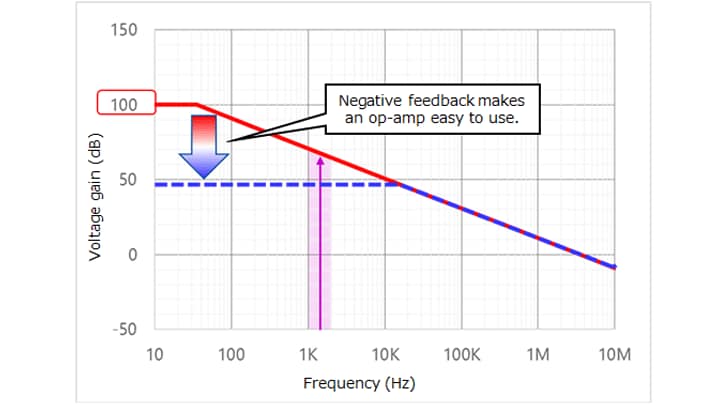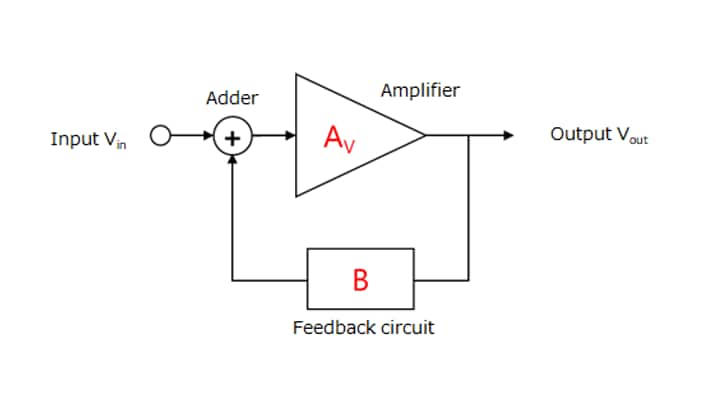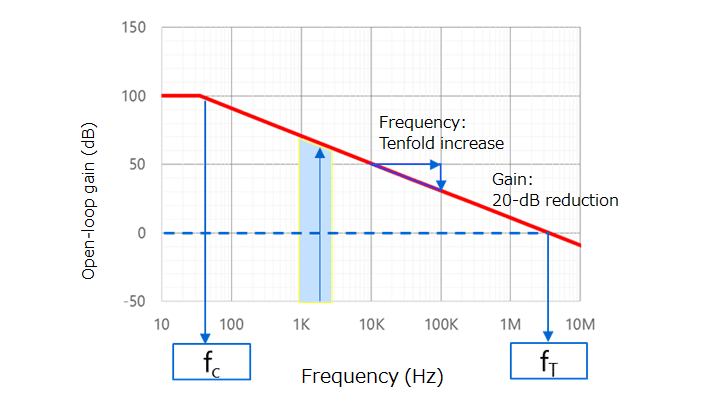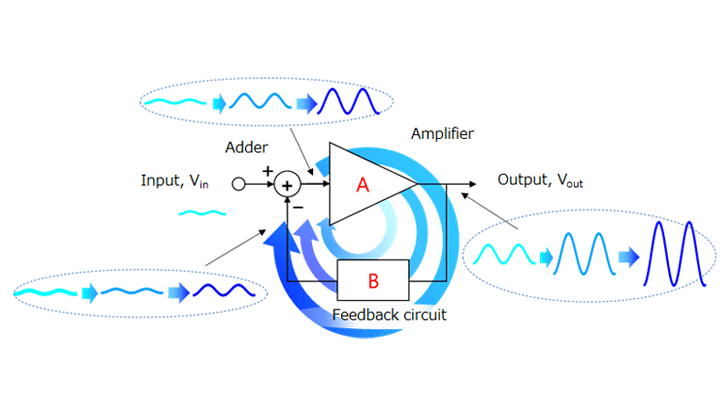- 半導體首頁
-
應用Automotive
Body Electronics
xEV
In-Vehicle Infotainment
Advanced Driver-Assistance Systems (ADAS)
Chassis
IndustrialInfrastructure
BEMS/HEMS
Factory Automation
Commercial Equipment
Consumer/PersonalIoT Equipment
Healthcare
Wearable Device
Mobile
Computer Peripherals
-
產品車用元件
Discrete Semiconductor
Diodes
電晶體
通用邏輯IC
Analog Devices
Digital Devices
Wireless Devices
※
: Products list (parametric search)
功率半導體※
: Products list (parametric search)
隔離器/固態繼電器Photocouplers
Digital Isolators
※
: Products list (parametric search)
MOSFETsIGBTs/IEGTs雙極性電晶體※
: Products list (parametric search)
Diodes※
: Products list (parametric search)
微控制器馬達驅動 ICs智能功率 ICs※
: Products list (parametric search)
電源管理 ICs線性 ICs※
: Products list (parametric search)
通用邏輯 ICs線性影像感測器其他產品其他產品
※
: Products list (parametric search)
-
開發/設計支援
開發 / 設計支援
-
技術知識
- 購買管道
- 型號 & 關鍵字搜尋
- 交叉搜尋
- 參數搜尋
- 線上庫存查詢跟購買
This webpage doesn't work with Internet Explorer. Please use the latest version of Google Chrome, Microsoft Edge, Mozilla Firefox or Safari.
型號需要超過三個文字以上 Search for multiple part numbers fromhere.
The information presented in this cross reference is based on TOSHIBA's selection criteria and should be treated as a suggestion only. Please carefully review the latest versions of all relevant information on the TOSHIBA products, including without limitation data sheets and validate all operating parameters of the TOSHIBA products to ensure that the suggested TOSHIBA products are truly compatible with your design and application.Please note that this cross reference is based on TOSHIBA's estimate of compatibility with other manufacturers' products, based on other manufacturers' published data, at the time the data was collected.TOSHIBA is not responsible for any incorrect or incomplete information. Information is subject to change at any time without notice.
型號需要超過三個文字以上
2.4. Basic op-amp applications
In the most basic form, op-amps are used as noninverting amplifiers (Figure 2-10) and inverting amplifiers (Figure 2-11). Both noninverting and inverting amplifiers have negative feedback (with the output connected to VIN(-)) as described in the previous section.
The closed-loop gain (ACL) is shown in the following figures. The gain can be calculated easily by using the concept of a virtual short-circuit (also known as a virtual short, virtual ground or imaginary short) described in the next section.
The noninverting amplifiers have a very high input impedance since their input is directly connected to an op-amp. In contrast, the input impedance of the inverting amplifier is lower than that of the noninverting amplifier because VIN(-) and VIN(+) have the same potential as they are virtually short-circuited and because R1 acts as input impedance.
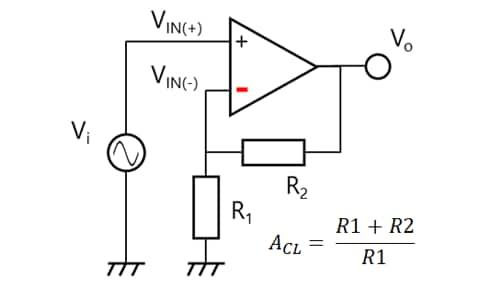

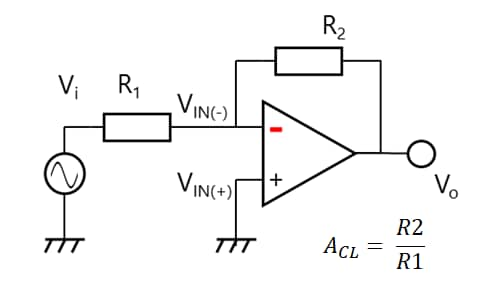
Figure 2-12 shows a voltage follower. The voltage follower can be regarded as a noninverting amplifier with an R1 of infinite resistance and an R2 of zero. Since the voltage follower has a low gain (unity gain, AV=1), it has a wide bandwidth. Therefore, care should be taken since it is susceptible to the effect of a second pole as discussed in Section 2.3, “Oscillation.” Most op-amps can be used as unity gain amplifiers since they have a second pole at a frequency sufficiently higher than the unity gain cross frequency (fT). However, they might go into oscillation because of wire or load capacitance. If the datasheet for a given op-amp states that it can be used at a unity gain, it can be used as a voltage follower. Contact Toshiba’s sales representative if you want to use any other op-amp as a voltage follower.
In addition, op-amps have various applications, including a differential amplifier (subtraction circuit) as well as an adder and integrator circuits.
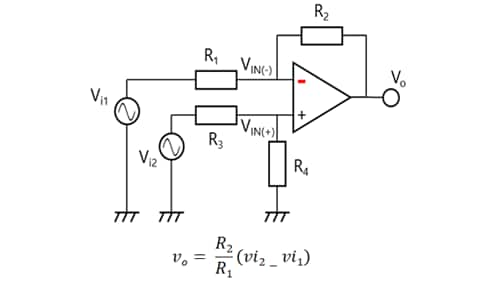
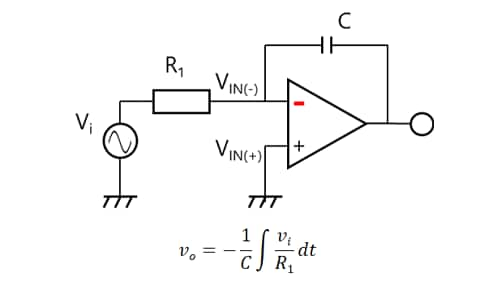
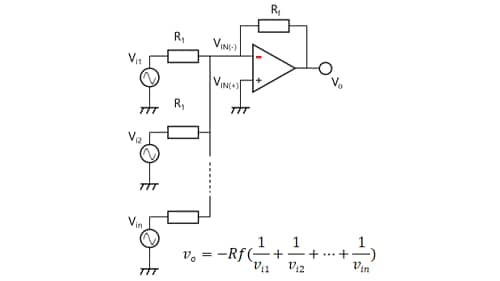
Related information
Chapter2 Using an op-amp
Related information
- Products
- Application Notes
- FAQs
- Parametric Search
- Stock Check & Purchase


